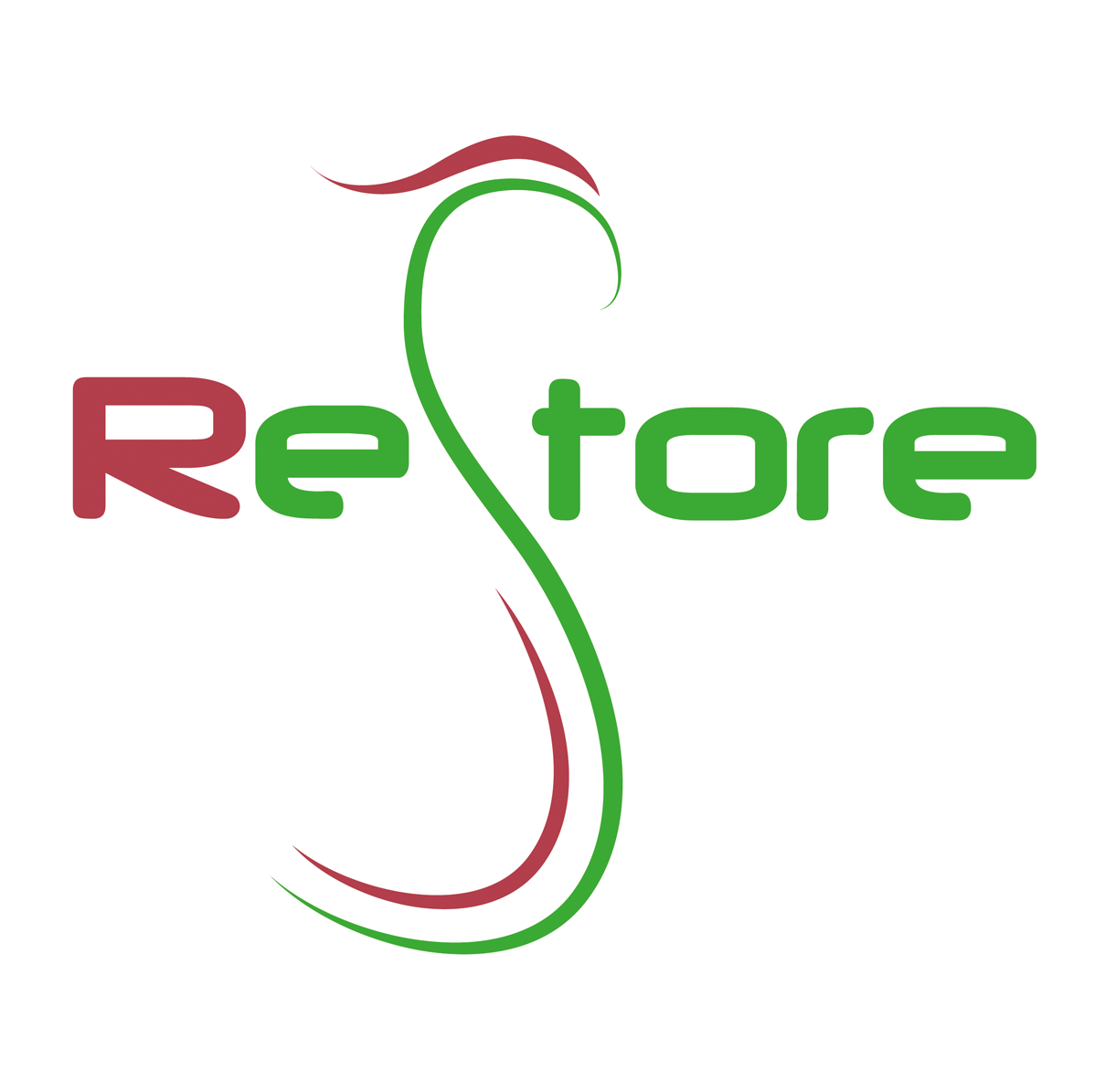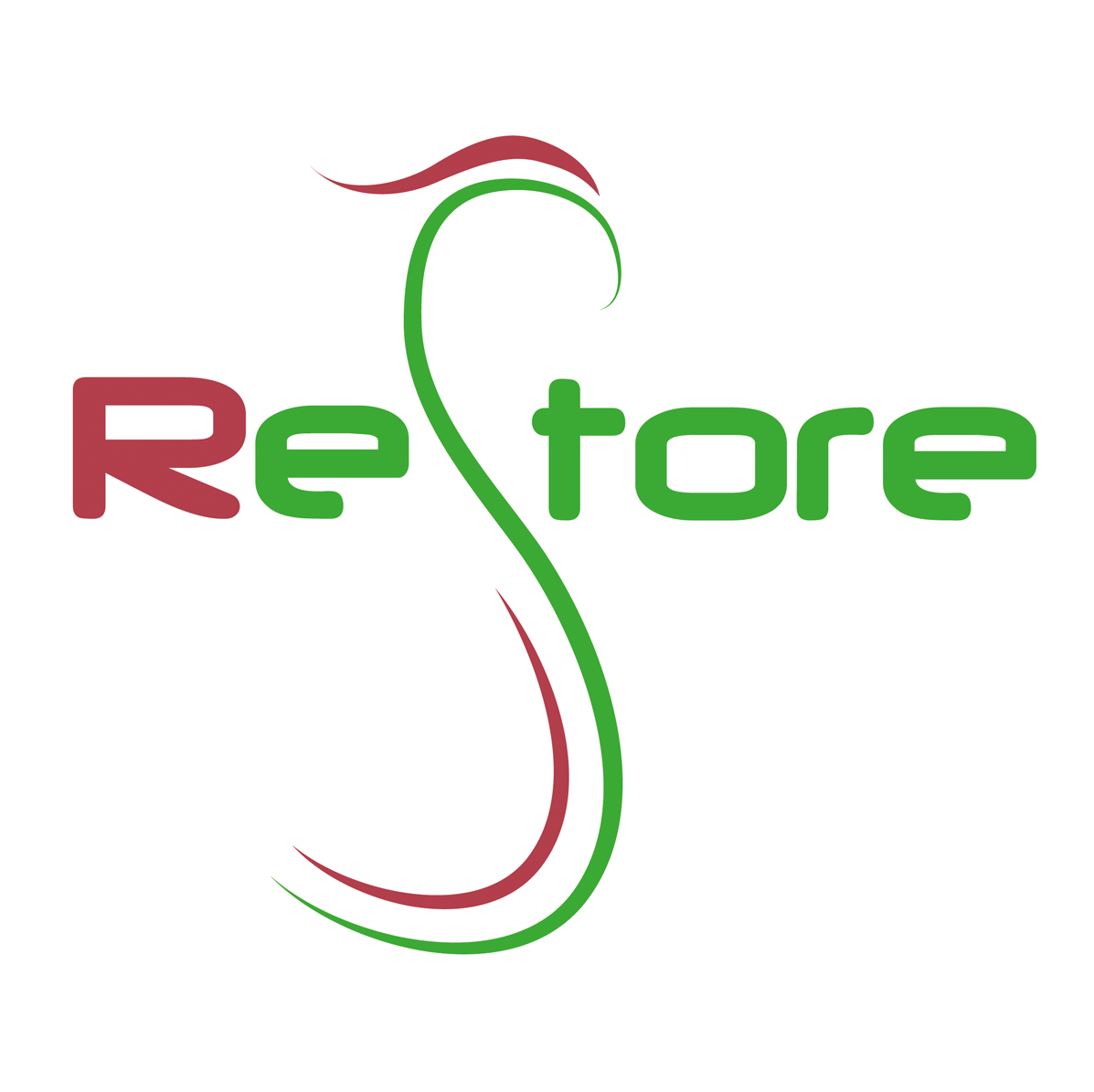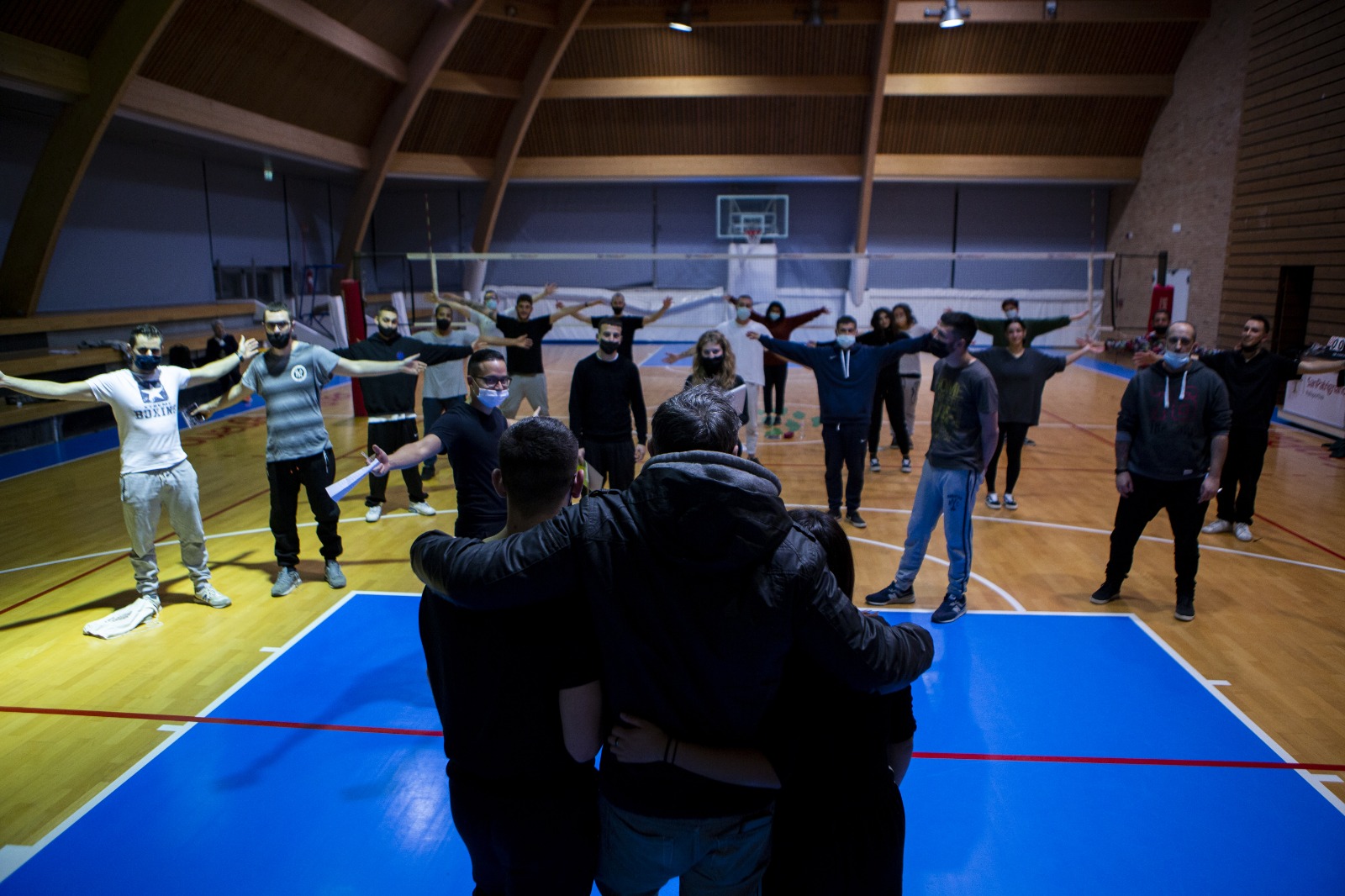Can the creative arts support the recovery process? Theatre, but also painting and drawing, arts and crafts and audiovisual production, writing and singing, playing music or acting – which are part of the range of activities in which our people at San Patrignano can be engaged from the very beginning – can they be tools able to stimulate recovery commitment?
Yes, the many contributions made by recovering individuals, organisations of recovering people and TCs residents confirm that artistic expression is of great help in everyone’s personal recovery journey, as it helps to connect with and master one’s deepest emotions. Dr David Best and researchers at the University of Derby have spearheaded a strong recovery movement and researches to better understand which elements can favor the recovery process . They started ERANID Recovery Pathways Research – an EU-funded project – with the aim of exploring the various pathways people take to recover from addiction and the research team includes people in recovery, addiction professionals, community recovery organizations, etc.
The main question is: what is recovery? Which are the elements that can favor it? Recovery is not only about treatment, recovery is about many things, from discovering ourselves and expressing ourselves in many different ways, having a relationship with ourselves, getting help and support to build self-reliance, to develop better coping strategies for when life gets difficult. As a result of the narrative that currently dominates, they noted that a key barrier for people to begin their own recovery journey is often a complete lack of hope and belief that recovery is possible. According to the working group, it is time to recognize and give voice to the many people within recovery who are following their own recovery journey on a daily basis.
By doing this, we will change the culture and remove the stigma, make our communities welcoming to people in recovery and spread hope and belief that recovery is possible. The idea was to engage as many people in recovery as possible to collaborate with the research team to create a “recovery workbook” – the title is “Recovery is possible” – and to become authors on the Rec-path Blog. The Recovery Workbook aims to be a resource for people seeking recovery from alcohol and drugs. Each section brings an opportunity for those in recovery to contribute to this valuable and accessible workbook. Ideally, it should include stories – deep, meaningful and powerful stories, sharing the lived experience of different recovery processes, difficulties and outcomes, sharing success as well as difficult times.
A large section is dedicated to those who have found creative activities beneficial to their recovery journey. Creative Arts in Recovery is part of the Recovery Workbook project. The editors of the creative arts section, David Patton & Karen Megranahan, invited anyone who are experiencing recovery to collaborate with them to create an arts-based section in the Recovery Workbook.
San Patrignano has included in its contribution all the arts activities in which our people are involved, from the San Patrignano Company with its theatre workshops and performances, to the Sanpa Singers and the arts and crafts of the Design Lab; the video production in our audiovisual department is also based on creativity and art, along with the personal contribution of the many drawings and writings with which residents contribute to our monthly magazine SanPa News. We really liked this workbook project and the section on creative arts in recovery because at San Patrignano it has always been natural to include creative activities in the activities carried out in the community. We have believed from the beginning in the empowerment value of artistic activities and now finally the scholars are hearing our voice and agreeing with us!
Written by Monica Barzanti International Relations San Patrignano


